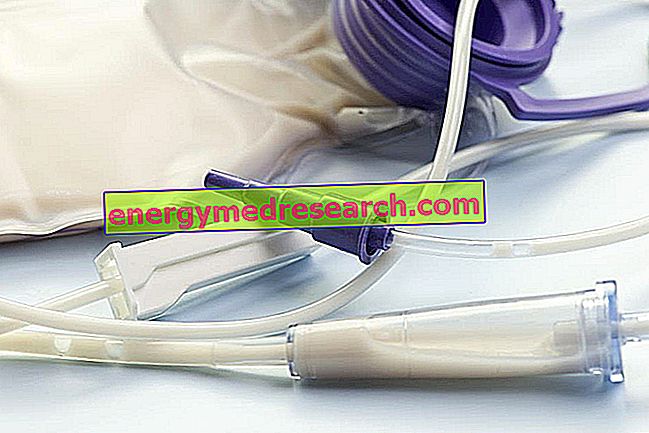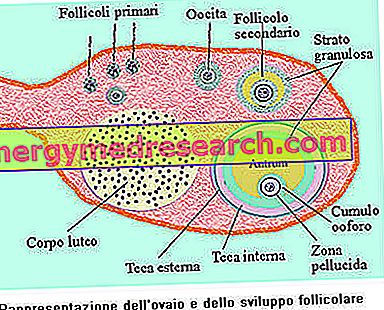
Percutaneous endoscopic gastrostomy ( PEG ) is the surgical procedure by which an opening is created on the stomach and subsequently on the abdomen, in order to insert a tube (or tube ) for artificial nutrition .
In fact, the tube is made to be connected to bags containing the basic foods that a human being needs.
Created when an individual is unable to feed traditionally, PEG can be performed by doctors who are specialized in various disciplines, including general surgery, gastroenterology, otorhinolaryngology or radiology.
Although this is a minor surgery, its execution also presents certain risks and can lead to complications .
Specifically, the possible drawbacks of a PEG are:
- The onset of infections at the level of abdominal perforation, necessary for the placement of the tube. To avoid them, keep the affected area clean.
- Blood loss from abdominal perforation.
- The onset of gastric ulcers
- The dislocation of the tube with consequent small losses of administered food. In these cases, you should contact your doctor immediately to resolve the problem as soon as possible.
- Puncture of the left lobe of the liver . It may occur when the doctor performs abdominal perforation.
- Intestinal perforations to which peritonitis may follow.
- The onset of gastrocolic fistulas
- Disorders related to the administration of nutrients directly into the stomach. Typically, such disorders consist of: diarrhea, nausea, vomiting and / or gastroesophageal reflux.



